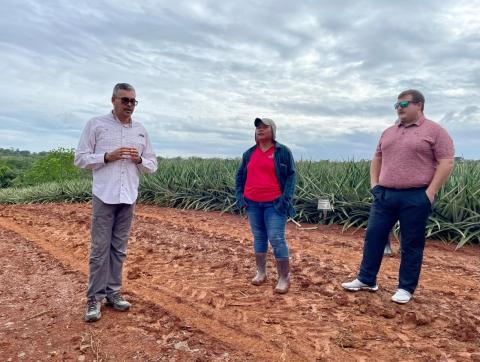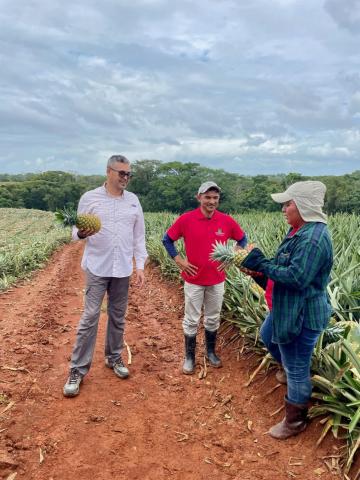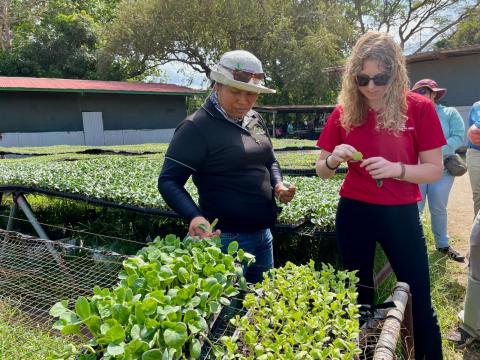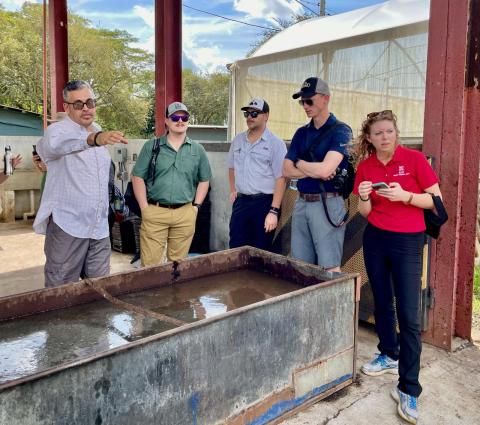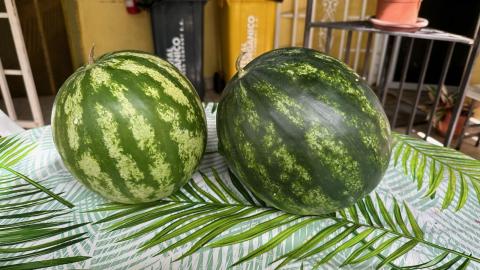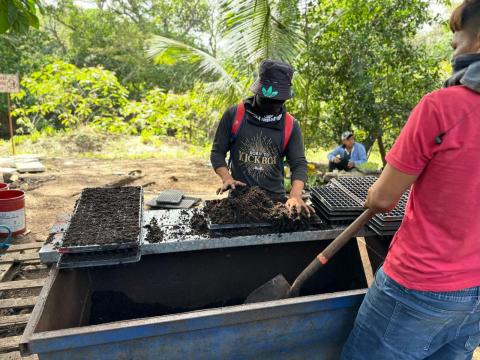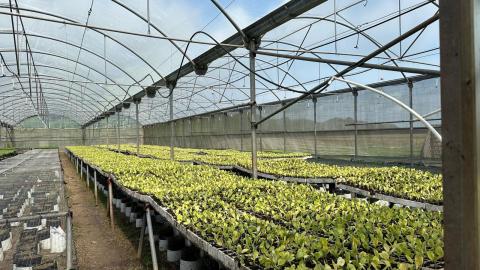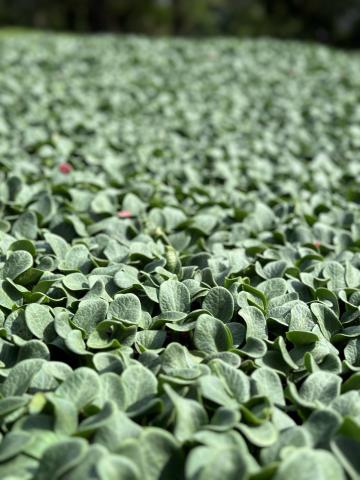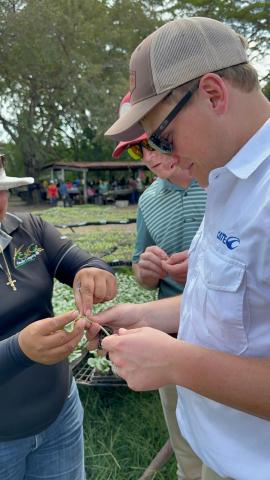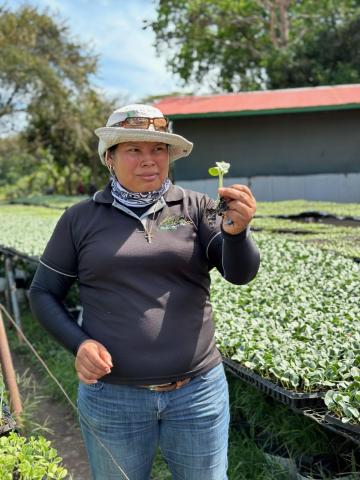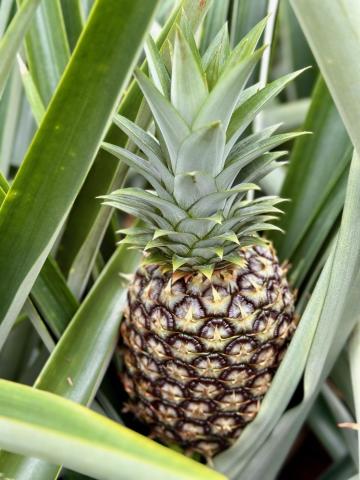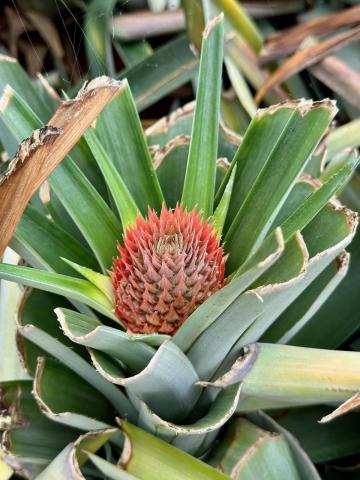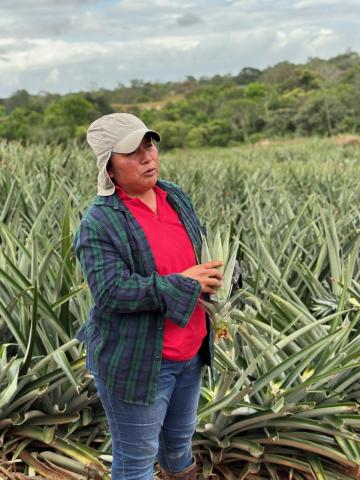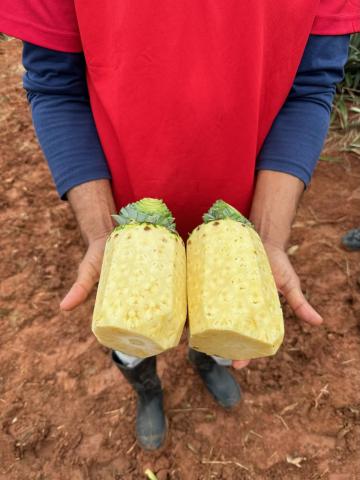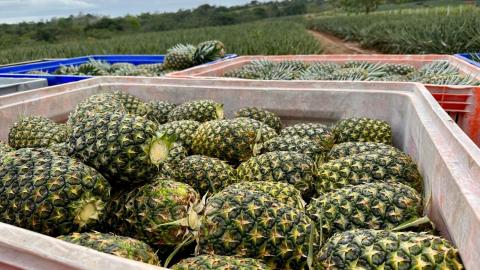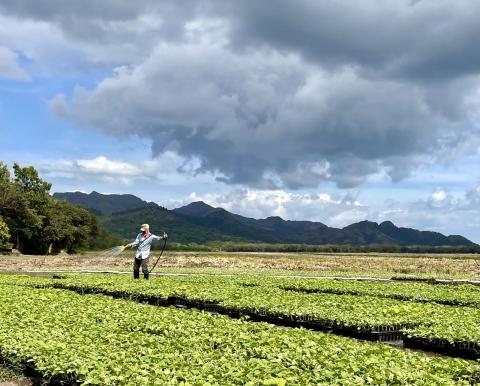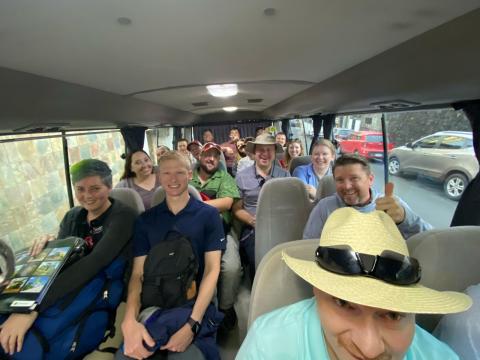Adios Colombia. Hola Panama.
Departing Bogota, Colombia on a sunny Sunday morning. The Andes mountains splint into three fingers. As we ascend, the trepidation for the unknown has been replaced with a fondness for the ancient and the new we have experienced across Colombia.
From above we catch a last glimpse of the cloud forests above Bogota, the Cali plains of sugarcane and fruit, and the powerful rivers cutting the highland passes guarding the world’s most premium coffee. We only experienced a small slice of Colombia’s culture during our week of travel. The history and cultural diversity are staggering. Notorious for a brutal history, the kindness and pride of the culture makes it hard to believe that the future of Colombia is anything but bright. The cultural mission of LEAD enables us to look at global partners with a humanity often overlooked in the transactional world. Colombia has a pride and hunger Nebraskans should appreciate. It is a hard land with warm hearts and a discipline to persevere. Shrewd businessmen with old-world manners; shopkeepers with kind smiles and helpful consideration; industry professionals dedicated to a more closely connected world; cuisine on par with any grandmother’s kitchen. Colombia is a jewel atop South America.
Panama arrives out of the blue skies over the Pacific Ocean. Once part of the same empire, Panama could not feel more different than Colombia. One final leg before returning to winter on the Great Plains. We hit the ground running in Panama City.
Photos
Questions from LEAD fellows are interpreted to a farm engineer (manager). Pictured: Cole Lewandowski.
A field manager supplies fresh pineapple samples for fellows on a warm Panamá day.
Discussing how to determine the ripeness of a pineapple .
LEAD fellow, Rachel Prosser, helps demonstrate grafting watermelon on a pumpkin plant. Through grafting, the watermelon will utilize the pumpkin’s root system to mitigate loss due to chemical and disease sensitivity.
Discussing fertilization and plant growth strategies including amino acid application. Pictured: Mel, Logan Sheets, Curtis Welsh, Kurtis Harms, Rachel Prosser
Two watermelons ready for shipping…or in this case taste testing by LEAD fellows! This is a size commonly used when shipping to European customers.
Workers fill flats with soil before planting seeds in each cell. There are roughly 162 cells in each flat.
Newly grafted plants spend about three days in the greenhouse before being moved outside and prepared for in-field transplant.
Newly grafted plants: grafting occurs when the watermelon plant is about 15 days old.
Laborers in the watermelon fields range from 18-60 years old. Most are the second or third generation workers and citizens of Panama. The average wage for employees is $1.94/hour. Most of the 150+ full time laborers work sunup to sundown. They are housed onsite in primitive communal dorms and wash facilities. It is a labor system far away from the standards we have come to expect in the United States.
Fellow Dylan Haas grafts a watermelon plant onto a more robust pumpkin.
Farm Engineer, Raina, disucsses with the class the production practices and methodology used in Panama.
A ripe pineapple ready to be picked
Depending on production needs, plants may be kept for two growing seasons. Here a second-picking pineapple is in the flowering stage.
“Pups” are the seeds of pineapple plants and are cut and transplanted after the fruit is picked.
This farm picks pineapple at a ripeness requested by the customer. These were picked to be used for salads.
Pineapples are picked by hand. Cut with knives, they are packed into boxes to be sent to processing before being boxed for the client.
A field worker hand irrigates plants waiting to be transplanted into double crop fields following rice.
The bus is our home. Panama afforded the tightest quarters and warmest weather. Camaraderie makes it work.
One final group shot for LEAD 40 before the final day in Latin America.
